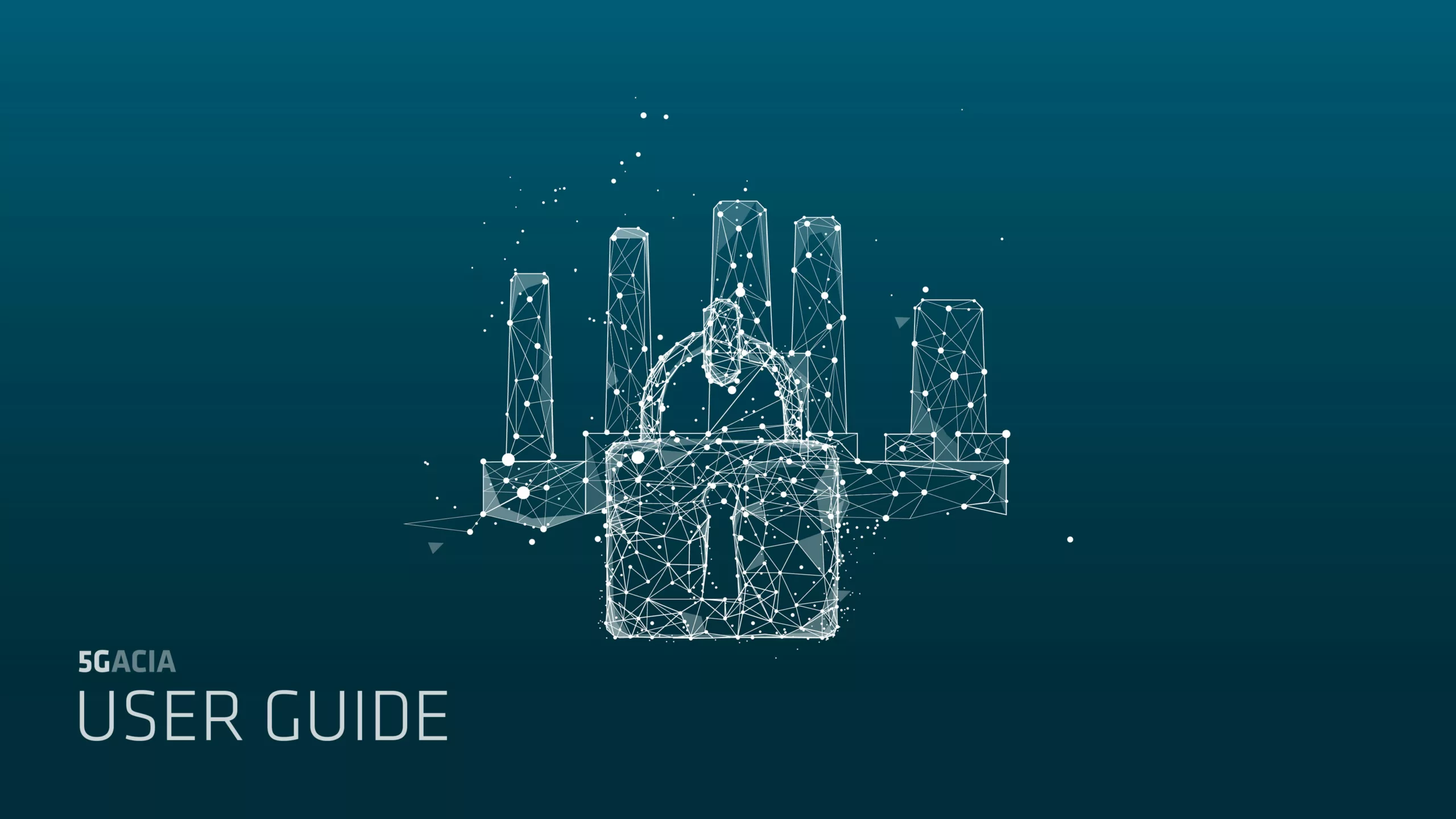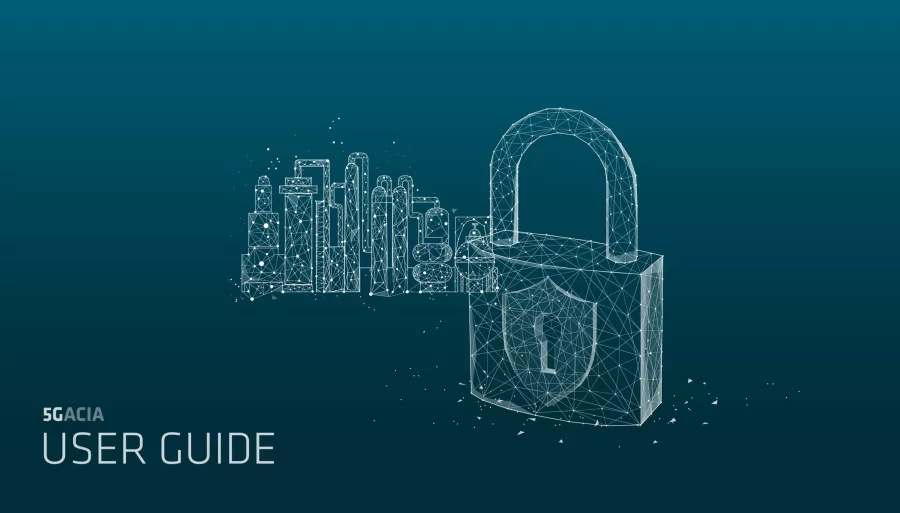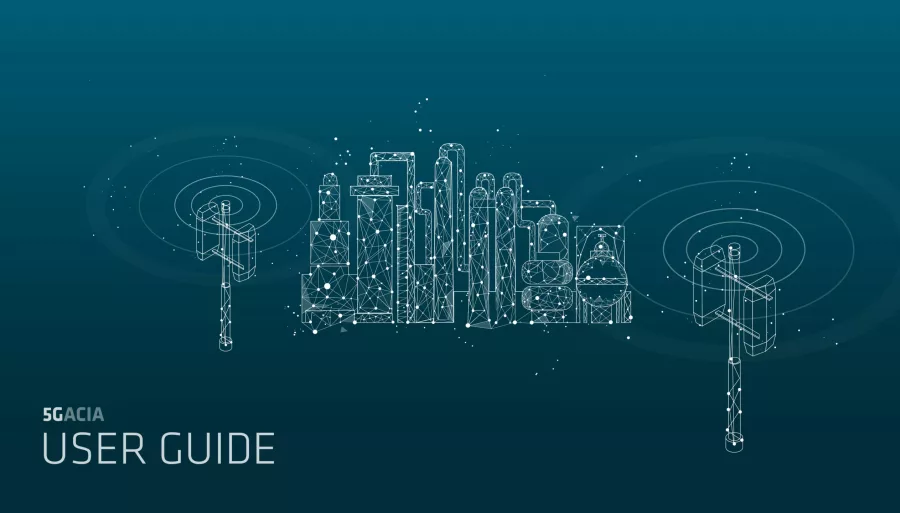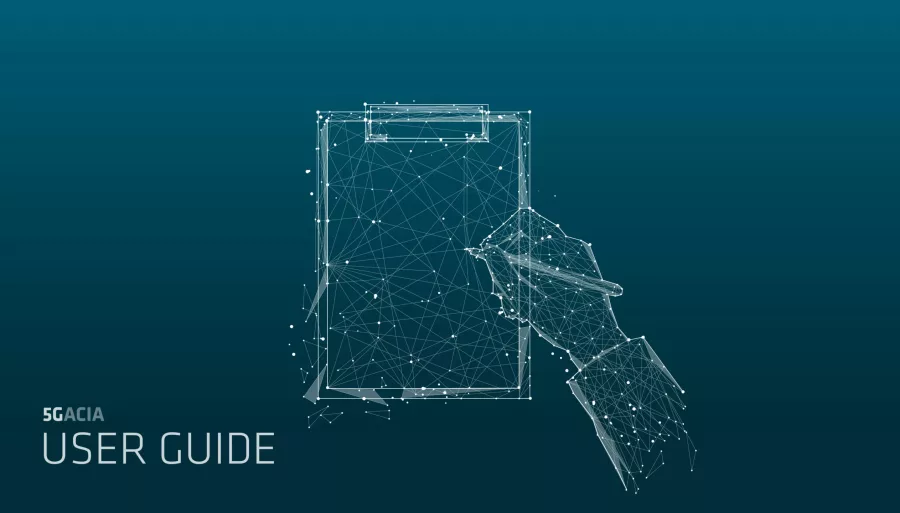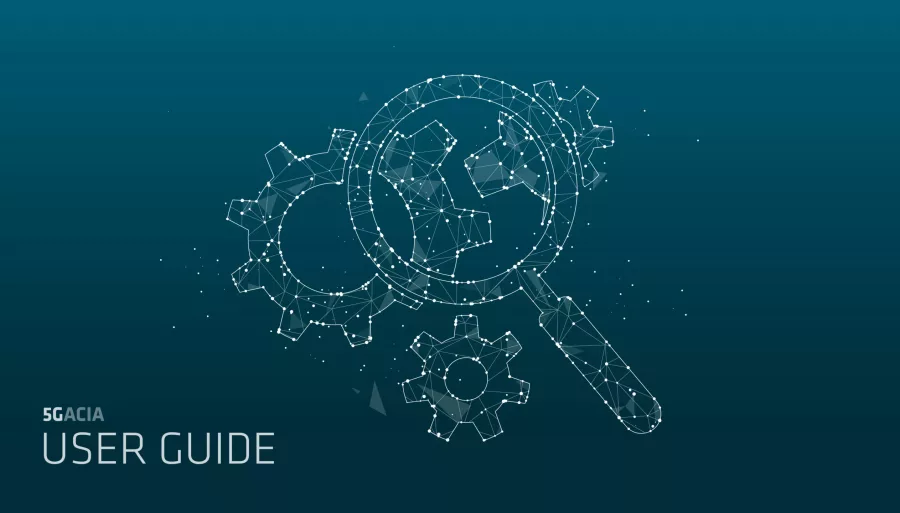5G stands for “fifth-generation wireless cellular technology.” The technology has been designed from the ground up to ensure high performance. The following components are needed and must be mutually compatible to fully take advantage of 5G’s capabilities:
User equipment (UE) that is able to connect to and authenticate the 5G network with or without a UICC (e.g. SIM card)
A 5G core (5GC) network with various essential network functions, each of which fulfils a role in the network’s operation. They can be divided into a control plane (for network-internal tasks such as authentication) and a user plane (for transmitting user data). Various 5GC implementations exist, some of which are open-source. The core must be hosted on a server and typically runs on a physical or virtual machine on a cloud server.
A 5G radio access network (RAN) such as a radio base station.
Access to suitable spectrum for operating the 5G system is also needed.
Since these components can be expensive or difficult to build, buy or rent, secure, and support, it may not be feasible or even necessary for every enterprise to set up its own complete 5G system. There is also no need to rely exclusively on public networks. Because the 5G system’s design is modular and virtualized (software-based), there are also options to allow various levels of NPN (non-public network) deployment with or without public integration.
A practical approach for identifying the most appropriate NPN deployment option for an enterprise is outlined in the section “Practical Guide to NPN Deployment Options”. The details depend on the requirements of the use cases being implemented.
